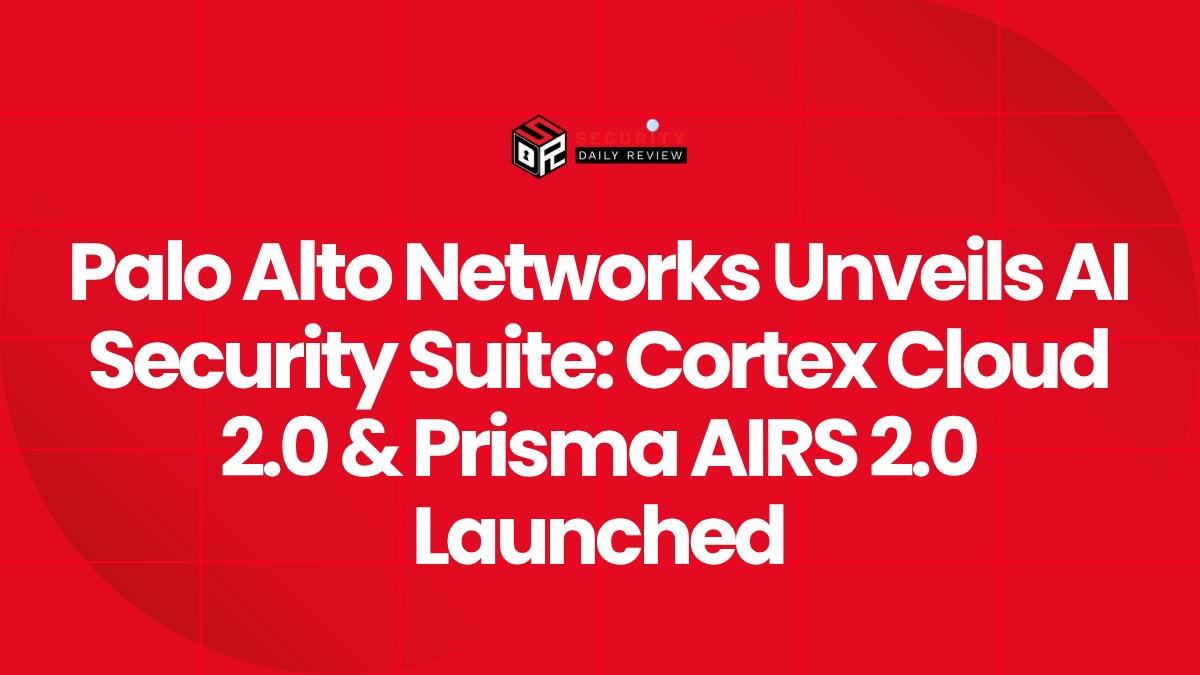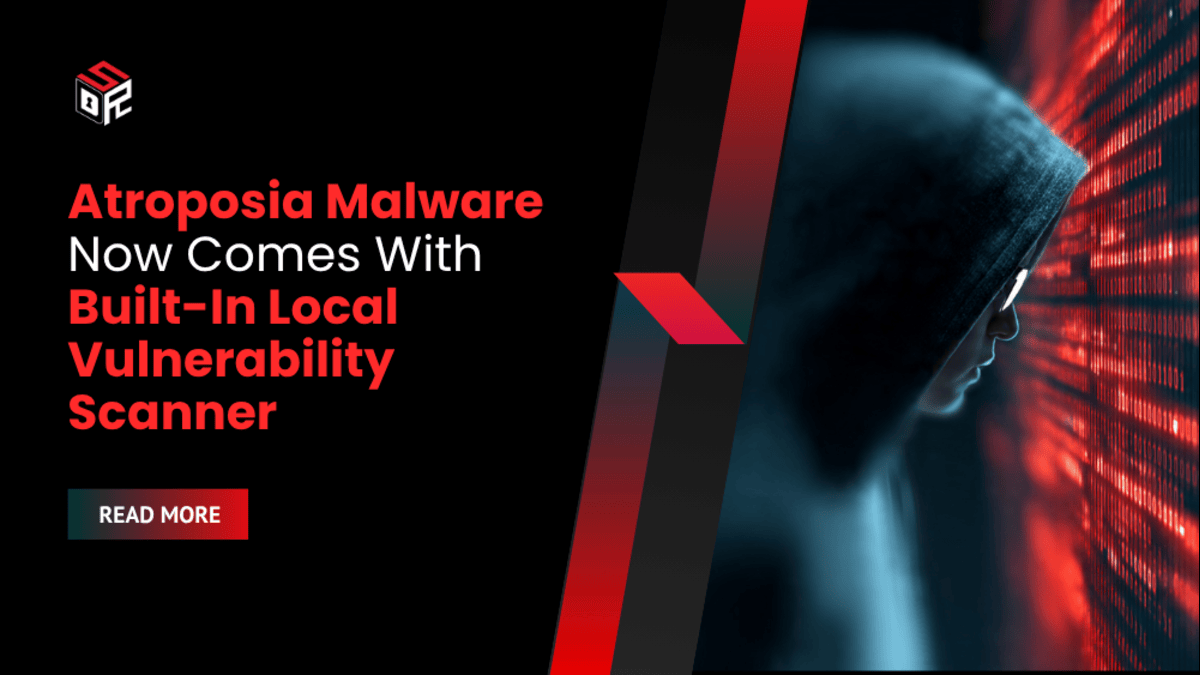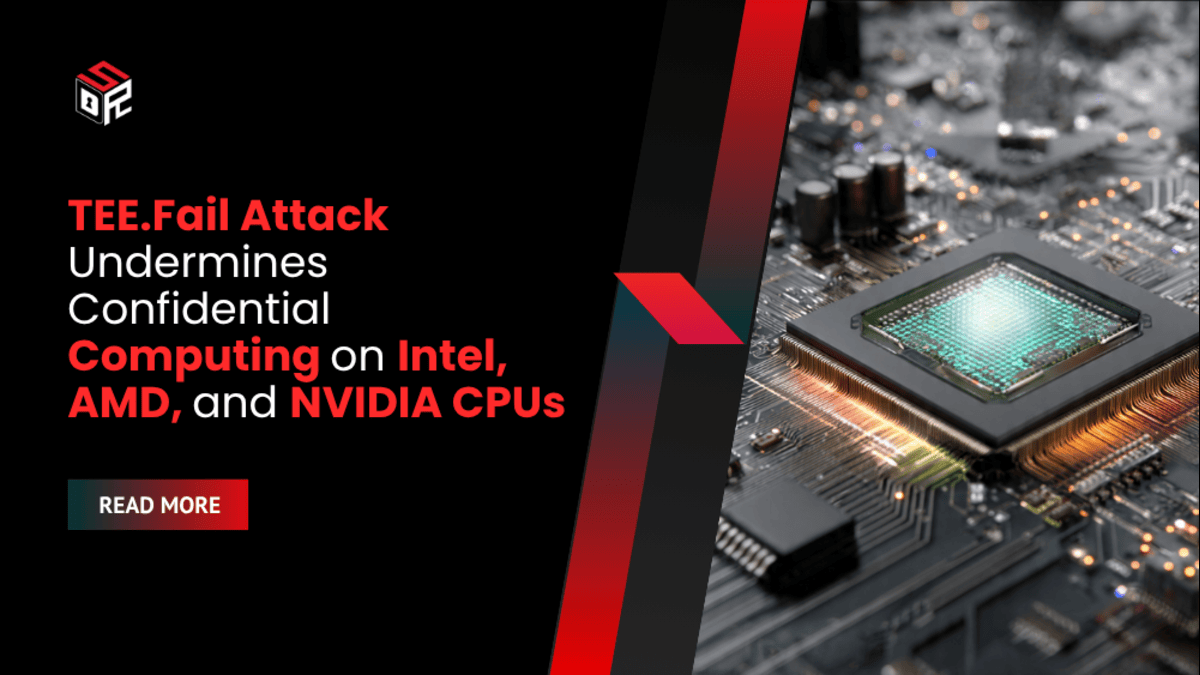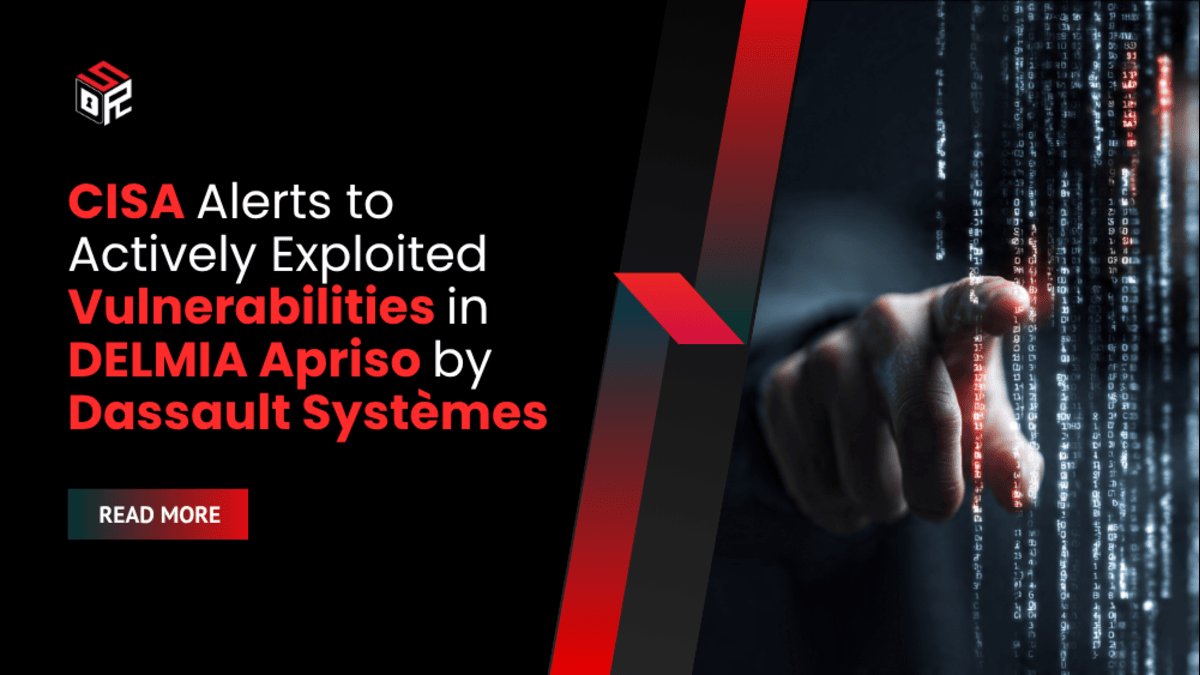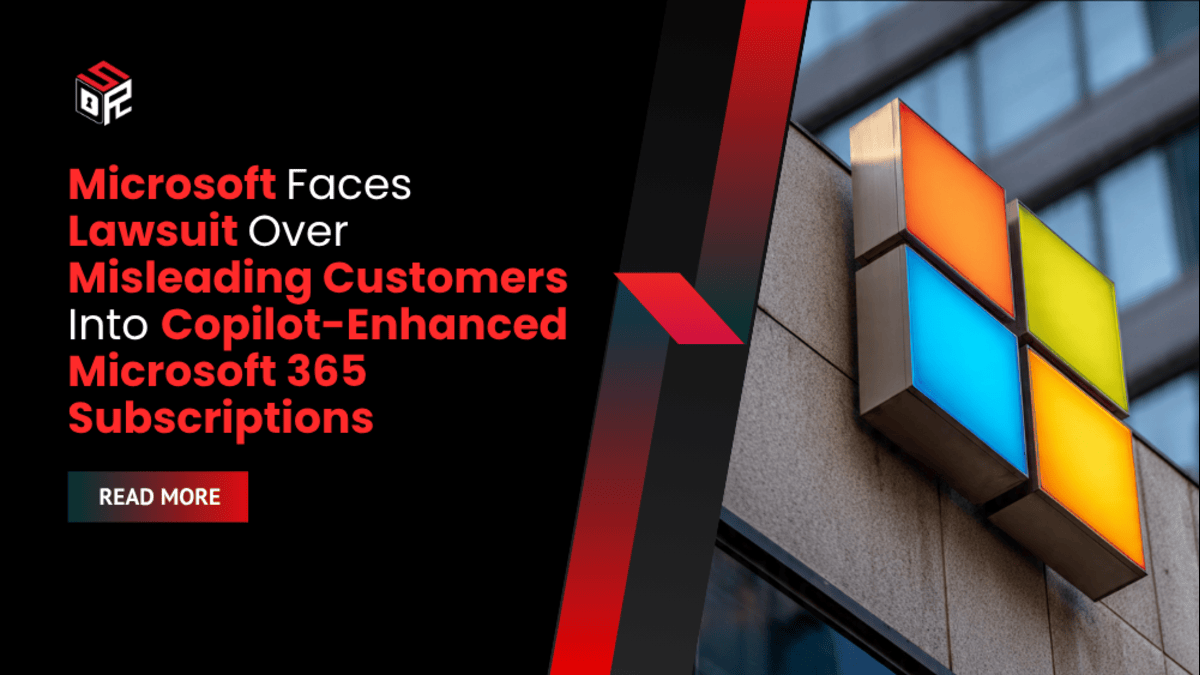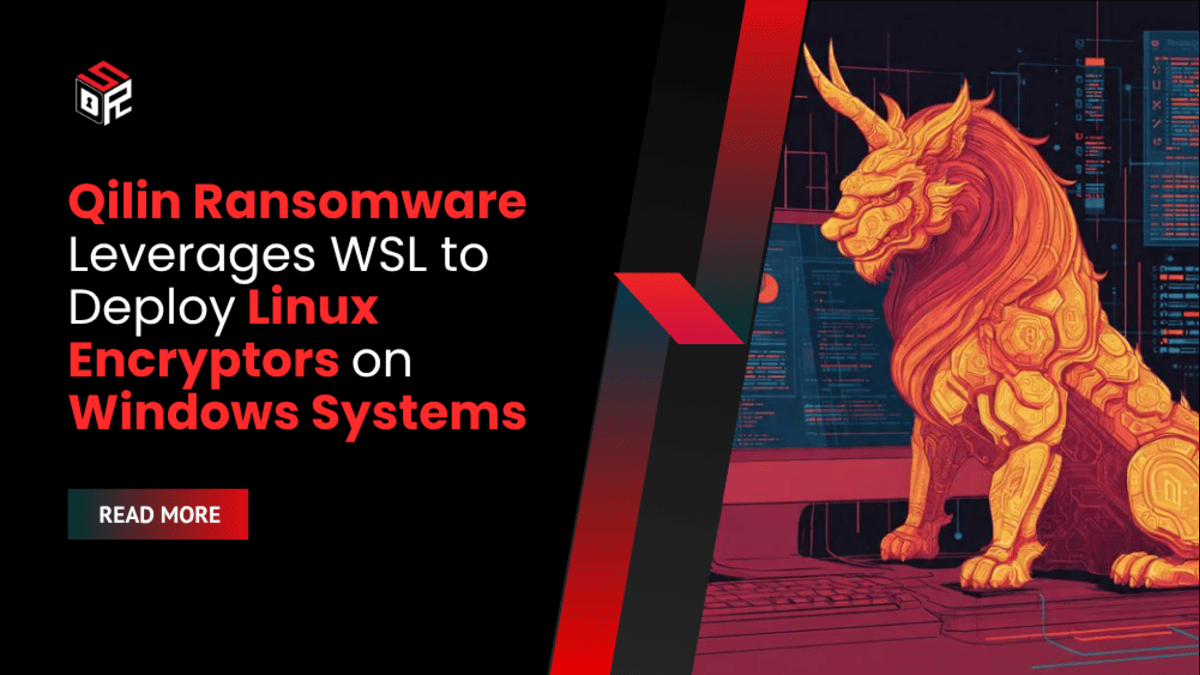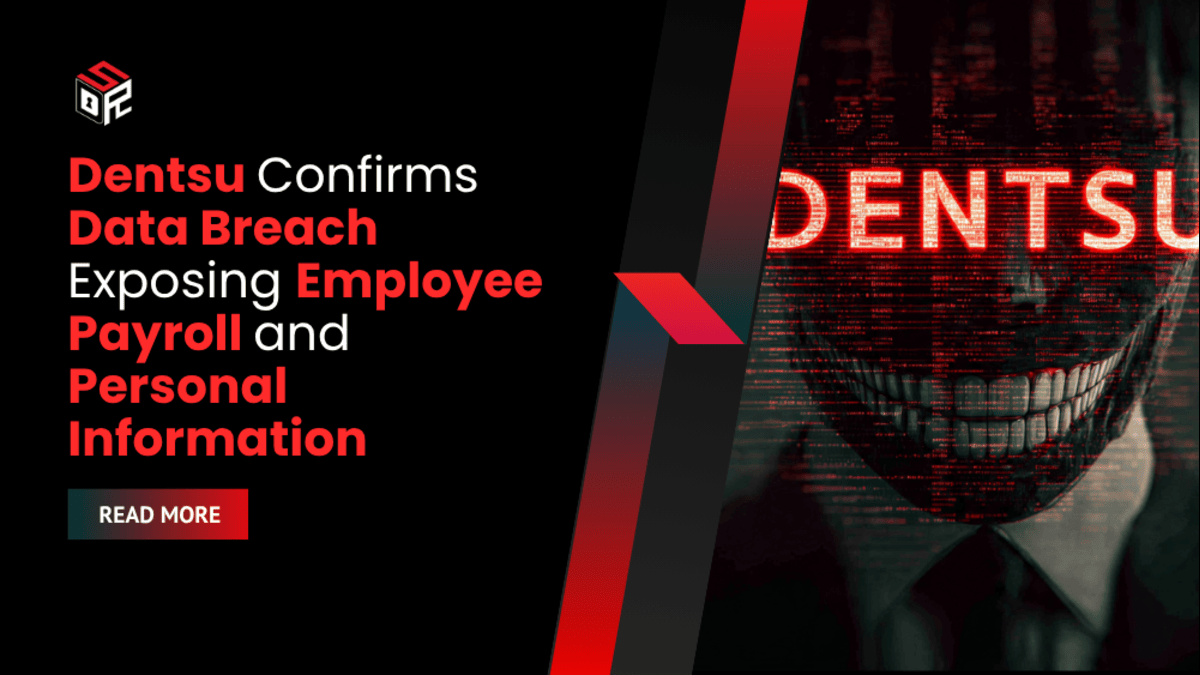Palo Alto Networks is doubling down on artificial intelligence (AI) to confront a fast-evolving threat landscape, with the launch of two advanced security platforms: Cortex Cloud 2.0 and Prisma AIRS 2.0. Together, these offerings aim to tackle both the operational complexity of cloud infrastructure and the novel security challenges introduced by AI-driven applications.
Announced on October 28, 2025, these platforms introduce enhanced automation, real-time threat detection, and proactive defense mechanisms built for modern enterprise environments. As cyberattacks grow in scale and sophistication—targeting critical providers like F5 and UnitedHealth Group—Palo Alto’s AI-first approach reflects a shift from reactive security to predictive, autonomous systems.
Cortex Cloud 2.0 Introduces Autonomous Protection Across Multicloud Environments
Cortex Cloud 2.0 is Palo Alto Networks’ latest evolution in cloud-native protection. It unifies disparate cloud security capabilities—such as Cloud Detection and Response (CDR) and Cloud Native Application Protection Platform (CNAPP)—within an agentic AI framework designed for speed, interoperability, and human oversight.
Cortex AgentiX Powers Autonomous Security Workflows
At the core of Cortex Cloud 2.0 is the new Cortex AgentiX platform, whose AI agents have been trained on a staggering dataset of 1.2 billion real-world security incident responses. These agents execute sophisticated detection and remediation workflows in real time, autonomously investigating cloud events and taking action where appropriate.
Key features include:
- One-click resolutions for common cloud security misconfigurations
- Support for natural-language prompts to generate context-specific automations
- Integration with third-party tools for centralized data ingestion and visibility
- Full compatibility with enterprise policies through customizable guardrails
Despite their autonomy, the AI agents remain within a “human-in-the-loop” framework, ensuring that user oversight and validation are maintained for critical actions—a crucial consideration for enterprise decision-makers.
Unified Interface Enhances Cloud Posture and SOC Integration
Cortex Cloud 2.0 also delivers a centralized command center to consolidate visibility across multiple cloud providers. The platform includes:
- Application security and runtime monitoring
- Continuous compliance and posture management
- Seamless integration with security operations centers (SOCs) via Cortex XSIAM
The enhanced visibility is designed to reduce the friction caused by siloed security tools and streamline cloud risk management. Current Prisma Cloud customers will begin receiving upgrades in Q3 of fiscal year 2025, with general availability confirmed globally.
Prisma AIRS 2.0 Offers End-to-End AI Application Security
While Cortex Cloud addresses the infrastructure layer, Prisma AIRS 2.0 focuses on protecting AI models and agents—recognizing that AI applications introduce new classes of vulnerabilities poorly addressed by traditional tooling.
Prisma AIRS 2.0 is a unified platform co-developed using the assets from Protect AI, a startup acquired by Palo Alto Networks. It introduces a multi-pronged defense that spans development, deployment, and operational AI environments.
AI Agent Security Tackles Dynamic Threats Like Prompt Injection and Context Poisoning
One of the platform’s standout capabilities is its AI Agent Security module, which continuously monitors behavior in AI-driven systems to detect and block emerging threat techniques. These include:
- Prompt injection attacks that manipulate AI-generated outputs
- Memory manipulation and unauthorized privilege escalations
- Data exfiltration across AI agent workflows
Real-time runtime defense tools ensure that AI systems act only within predefined behavioral norms, increasing confidence in the operational integrity of autonomous agents.
Red Teaming and Model Inspection Customize AI Risk Management
To proactively detect latent vulnerabilities, Prisma AIRS 2.0 includes:
- AI Red Teaming : A battery of over 500 attack simulations used to stress-test AI systems
- AI Model Security : Analytical tools that scan model architecture for risks such as backdoors, poisoned training datasets, or insecure dependencies
This layered defense is particularly critical as open-source and third-party machine learning models are increasingly adopted in production. Prisma AIRS 2.0 can secure over 20 model formats and detect more than 25 distinct threat patterns at scale.
Zero Trust and Container Security Extend Coverage from Core to Edge
Supporting cutting-edge hybrid environments, Prisma AIRS 2.0 also includes Zero Trust protections for containerized AI applications, including systems running on Red Hat OpenShift clusters. This includes:
- Segmenting sensitive application components to limit lateral movement
- Enforcing security policies to align with regulatory compliance
- Mitigating zero-day and unpatched vulnerabilities in run-time environments
The platform can be managed via Palo Alto’s existing tools like Panorama and Strata Cloud Manager, easing deployment and reducing operational overhead.
A Unified AI Strategy for Cloud and AI Application Security
With Cortex Cloud 2.0 and Prisma AIRS 2.0, Palo Alto Networks delivers an integrated vision for next-generation security—a vision built on intelligent automation, wide telemetry visibility, and real-time response.
Nikesh Arora, CEO of Palo Alto Networks, underscored the high stakes: “If you compromise back-end infrastructure, millions of customer records are at risk. AI must be used to prevent, not just react.”
Both platforms aim to address the shifting cybersecurity perimeter defined not just by physical networks, but by ephemeral assets, distributed cloud services, and intelligent agents. Enterprises in sectors like healthcare, finance, and government—already early adopters of these platforms—are expected to drive wider adoption of AI-driven security approaches in 2026 and beyond.
Security teams struggling with scale, complexity, and threat velocity may find these solutions a pivotal step toward more resilient, autonomous defenses. As cyberattack surfaces expand with the rise of generative AI and multicloud architectures, Palo Alto’s integrated approach positions it as a central player in safeguarding the digital enterprise.

